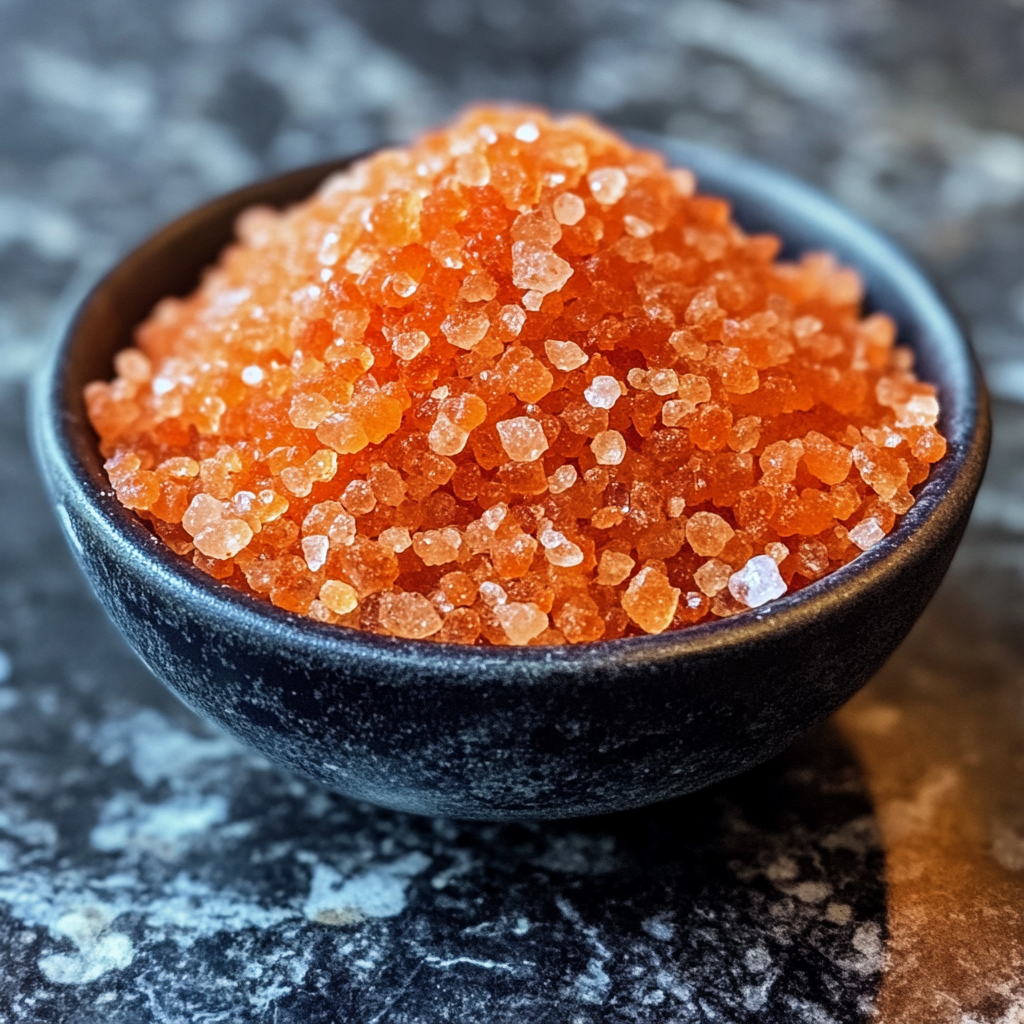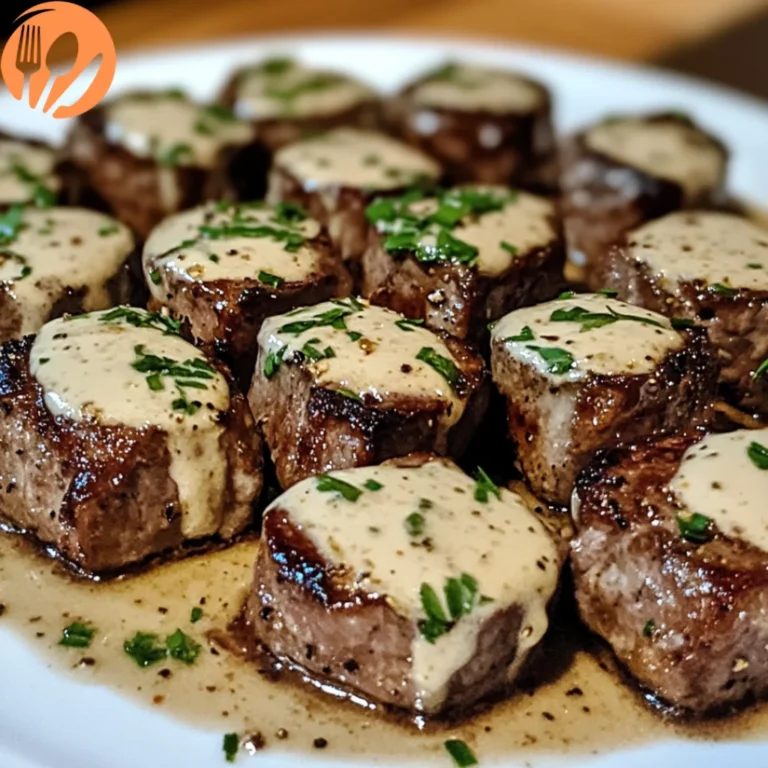Follow Me On Social Media!
Sriracha Salt Recipe
Introduction
Did you know that 74% of home cooks who create their own spice blends report significantly more satisfaction with their meals compared to those using store-bought seasonings? This fascinating statistic reveals why making your own Sriracha Salt Recipe at home can transform your culinary experience from ordinary to extraordinary. Unlike pre-made seasoning salts that often contain artificial preservatives and excessive sodium, this homemade sriracha salt recipe combines the perfect balance of heat, umami, and mineral-rich flavor that will elevate everything from grilled vegetables to popcorn.
Creating your own sriracha-infused salt isn't just about saving money—it's about taking control of your flavor profile and crafting a signature seasoning that reflects your personal taste preferences. Whether you're a heat enthusiast looking to add complexity to your spice cabinet or a home chef seeking to impress dinner guests with unique flavor combinations, this sriracha salt recipe delivers remarkable results with minimal effort.
The beauty of this recipe lies in its versatility and simplicity. With just a few quality ingredients and proper technique, you'll create a gourmet seasoning that rivals expensive specialty store versions. Plus, you'll know exactly what goes into every sprinkle, ensuring no unwanted additives or mystery ingredients make their way onto your plate.

Ingredients List
Creating the perfect sriracha salt requires careful ingredient selection to achieve the ideal balance of heat, sweetness, and savory depth. Here's everything you'll need for this transformative seasoning blend:
Primary Ingredients:
- 1 cup coarse sea salt or kosher salt (Diamond Crystal preferred for its clean taste)
- 3 tablespoons high-quality sriracha sauce (Huy Fong Foods recommended)
- 1 tablespoon garlic powder (not garlic salt)
- 1 teaspoon onion powder
- 1 teaspoon smoked paprika
- ½ teaspoon sugar (balances acidity)
Optional Flavor Enhancers:
- 1 teaspoon dried lime zest (adds citrus brightness)
- ½ teaspoon ground ginger (enhances warmth)
- ¼ teaspoon cayenne pepper (for extra heat lovers)
Possible Substitutions:
- Salt alternatives: Pink Himalayan salt, flaky sea salt, or Celtic sea salt work beautifully
- Sriracha substitutes: Gochujang thinned with rice vinegar, or sambal oelek mixed with honey
- Sweetener options: Coconut sugar, brown sugar, or monk fruit sweetener for sugar-free versions
- Smoke alternatives: Chipotle powder instead of smoked paprika for deeper heat
The key to exceptional sriracha salt lies in using high-quality base salt with larger crystals that can properly absorb and hold the sriracha flavors while maintaining their structure during the drying process.
Timing
Preparation Time: 10 minutes
Dehydration Time: 2-4 hours (depending on method)
Total Time: 2 hours 10 minutes to 4 hours 10 minutes
Active Cooking Time: 15 minutes
Compared to store-bought seasoning salts that often require shipping time and markup costs, this homemade sriracha salt recipe delivers superior results in less time than a typical grocery shopping trip. The majority of the process is hands-off dehydration time, allowing you to prep other meal components or simply relax while your custom seasoning transforms.
For busy home cooks, the active preparation time of just 10 minutes makes this recipe incredibly accessible for weeknight cooking or weekend meal prep sessions. The extended drying time can easily fit into your schedule, whether you prefer oven-drying during afternoon hours or using a dehydrator overnight.
Step-by-Step Instructions
Step 1: Prepare Your Workspace and Ingredients
Begin by preheating your oven to its lowest setting (typically 170-200°F) or preparing your food dehydrator according to manufacturer instructions. Line a large baking sheet with parchment paper, ensuring edges are slightly raised to prevent spillage. Gather all ingredients and measure them precisely—accuracy matters significantly in seasoning blends where balance creates the magic.
Pro Tip: Use a kitchen scale for measuring salt if available, as volume measurements can vary significantly depending on salt crystal size and humidity levels.
Step 2: Create the Sriracha Salt Base
In a large mixing bowl, combine the coarse salt with sriracha sauce using a fork or whisk. The goal is achieving even distribution without creating a paste—you want each salt crystal lightly coated but still maintaining individual structure. The mixture should appear uniformly reddish and slightly damp, resembling wet sand rather than mud.
Work slowly and add sriracha gradually if needed. Different sriracha brands have varying consistency levels, so adjust accordingly to achieve proper coating without oversaturating the salt.
Step 3: Incorporate Dry Seasonings
Add garlic powder, onion powder, smoked paprika, and sugar to the sriracha-coated salt. Mix thoroughly using a fork, breaking up any clumps that form. The mixture should maintain a relatively loose consistency with even color distribution throughout.
Chef's Secret: Sifting dry ingredients together before adding to the salt mixture prevents clumping and ensures more uniform flavor distribution.
Step 4: Spread for Drying
Transfer the seasoned salt mixture to your prepared parchment-lined baking sheet. Spread evenly in a thin, single layer using a spatula or large spoon. Avoid thick patches that won't dry uniformly—consistency in layer thickness ensures even dehydration and prevents soggy spots.
Step 5: Dehydrate the Sriracha Salt
Oven Method: Place the baking sheet in your preheated low oven with the door slightly ajar (prop with a wooden spoon handle). Dry for 2-4 hours, stirring every 45 minutes to prevent sticking and ensure even drying.
Dehydrator Method: Spread mixture on dehydrator trays lined with mesh sheets. Dehydrate at 135°F for 3-5 hours, checking every hour and breaking up any clumps.
The salt is properly dried when it flows freely and no longer clumps when pressed between fingers.
Step 6: Final Processing and Storage
Once completely cooled, transfer the dried sriracha salt to a clean bowl and break up any remaining clumps using a fork. Taste and adjust seasoning if needed—you can add pinches of individual spices to customize heat level or flavor profile.
Nutritional Information
Per 1 teaspoon serving (approximately 5g):
- Calories: 2
- Protein: 0.1g
- Carbohydrates: 0.4g
- Fat: 0g
- Fiber: 0.1g
- Sugar: 0.2g
- Sodium: 1,150mg
Health Benefits:
This sriracha salt recipe provides capsaicin from the hot peppers, which research suggests may boost metabolism and provide anti-inflammatory properties. Additionally, using high-quality sea salt provides trace minerals often stripped from regular table salt, including magnesium and potassium that support proper muscle and nerve function.
The garlic and onion powders contribute prebiotics that support digestive health, while the controlled sodium content allows for mindful seasoning without excessive salt intake when used in appropriate portions.
Healthier Alternatives for the Sriracha Salt Recipe
Lower Sodium Version: Replace half the salt with nutritional yeast flakes or dried herbs like oregano and thyme. This reduces sodium content by approximately 40% while adding B-vitamins and complex flavors.
Sugar-Free Option: Substitute the sugar with monk fruit sweetener or stevia powder, using about ¼ the amount due to increased sweetness intensity.
Low-Carb Adaptation: This recipe is naturally very low in carbohydrates, but you can eliminate the small amount of sugar entirely or use erythritol for a completely carb-free version.
Vegan Consideration: Most sriracha sauces are naturally vegan, but verify your specific brand doesn't contain fish sauce or other animal products. This recipe is otherwise completely plant-based.
Reduced Heat Version: Decrease sriracha by half and add extra smoked paprika and garlic powder for flavor complexity without overwhelming spice levels—perfect for sensitive palates or children.
Serving Suggestions
This versatile sriracha salt recipe transforms ordinary dishes into extraordinary culinary experiences. Sprinkle generously over fresh popcorn for movie night excitement, or rim cocktail glasses for spicy margaritas and bloody marys. The complex heat profile perfectly complements grilled vegetables, roasted potatoes, and fresh corn on the cob.
For protein applications, use this seasoning salt to crust chicken thighs before roasting, season salmon fillets before grilling, or enhance scrambled eggs and avocado toast. The umami-rich flavor profile also elevates simple snacks like roasted nuts, cheese and crackers, or fresh fruit like watermelon and pineapple.
Beverage Pairings: The heat level pairs beautifully with crisp lagers, hoppy IPAs, or citrus-forward cocktails. For non-alcoholic options, try with iced green tea, coconut water, or sparkling water with lime.
International Applications: Use in Mexican cuisine for elote seasoning, Asian stir-fries for finishing salt, or Mediterranean dishes to add unexpected heat complexity.
Common Mistakes to Avoid
Over-wetting the Salt: Adding too much sriracha creates a paste that won't dry properly and results in clumpy, uneven seasoning. Add sriracha gradually and aim for light coating rather than saturation.
Insufficient Drying Time: Rushing the dehydration process leaves moisture that causes clumping and reduces shelf life. Properly dried sriracha salt should flow freely and feel completely dry to the touch.
Using Fine Salt: Table salt or fine sea salt doesn't hold flavors as effectively as coarse varieties and can become overly salty. Stick with kosher salt or coarse sea salt for best results.
Ignoring Humidity: High humidity days require longer drying times and may necessitate using a dehydrator instead of oven drying for consistent results.
Storage in Warm Areas: Heat and light degrade the vibrant flavors and color. Always store in cool, dark locations for maximum flavor retention.
Storing Tips
Short-term Storage: Keep your sriracha salt recipe creation in an airtight glass jar or container at room temperature for up to 6 months. Mason jars work excellently and allow you to see the beautiful color while protecting from moisture.
Long-term Storage: For extended storage up to 1 year, vacuum-seal portions in small bags and store in the freezer. The salt won't freeze solid due to its composition, making it easy to use directly from frozen.
Maintaining Freshness: Add a food-grade silica gel packet to your storage container to absorb any residual moisture and prevent clumping. Alternatively, add a few grains of raw rice to naturally absorb humidity.
Portioning Strategy: Store the majority of your batch in a large container and keep a smaller amount in a salt shaker or small jar for daily use. This minimizes exposure to air and moisture for your main supply.
Reheating Tips: If your salt clumps despite proper storage, spread on a baking sheet and warm in a 200°F oven for 10-15 minutes, then cool completely before returning to storage.
Conclusion
Creating your own sriracha salt recipe at home empowers you to control every aspect of your seasoning while saving money and avoiding unnecessary additives found in commercial alternatives. This simple yet sophisticated blend brings restaurant-quality flavor enhancement to your everyday cooking, transforming mundane meals into memorable culinary experiences.
The beauty of this recipe lies not just in its delicious results, but in its adaptability to your personal preferences and dietary needs. Whether you prefer extra heat, reduced sodium, or unique flavor variations, this base recipe provides the perfect foundation for experimentation and customization.
Ready to revolutionize your spice cabinet? Gather your ingredients and start creating this game-changing sriracha salt today. Don't forget to share your results and creative applications in the comments below—we love hearing how fellow food enthusiasts make this recipe their own!
FAQs
Q: Can I make this sriracha salt recipe without a dehydrator or oven?
A: Yes! You can air-dry the mixture by spreading it thinly on parchment paper in a warm, dry location with good air circulation. This method takes 12-24 hours depending on humidity levels, but works effectively in most climates.
Q: How do I know if my sriracha salt has gone bad?
A: Properly stored sriracha salt rarely spoils due to salt's natural preservative properties. However, if you notice any off odors, mold growth, or significant color fading, it's time to make a fresh batch. Generally, loss of potency in heat and flavor indicates it's past peak quality.
Q: Can I use this recipe to make other hot sauce salts?
A: Absolutely! This technique works with most thick hot sauces. Try gochujang salt, harissa salt, or chipotle sauce salt using the same ratios. Adjust drying times based on the sauce's consistency and sugar content.
Q: Is this sriracha salt recipe suitable for people with high blood pressure?
A: While this seasoning is very flavorful and a little goes a long way, it's still high in sodium. Consult your healthcare provider about sodium restrictions, and consider the lower-sodium version that replaces half the salt with nutritional yeast or herbs.












